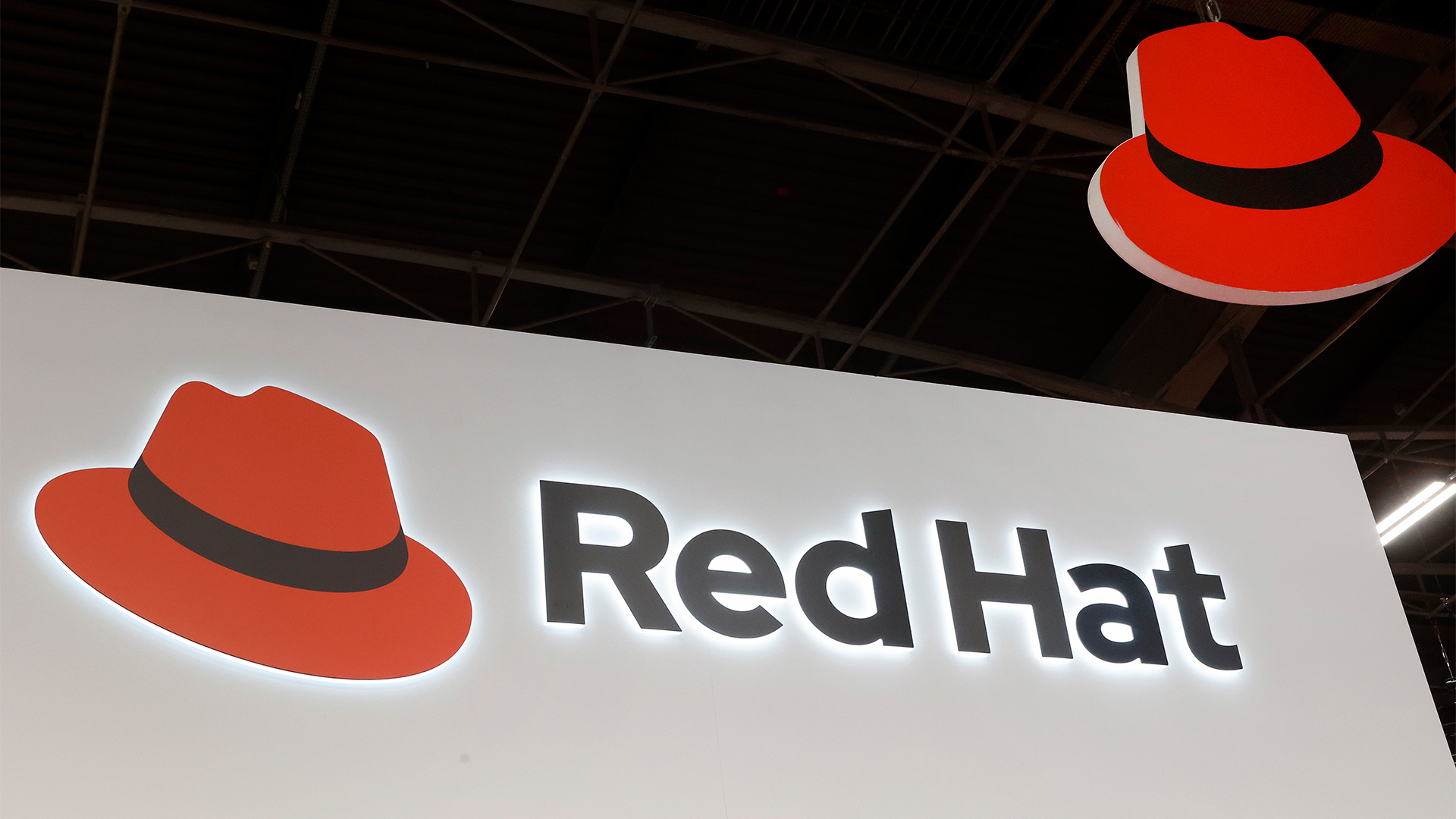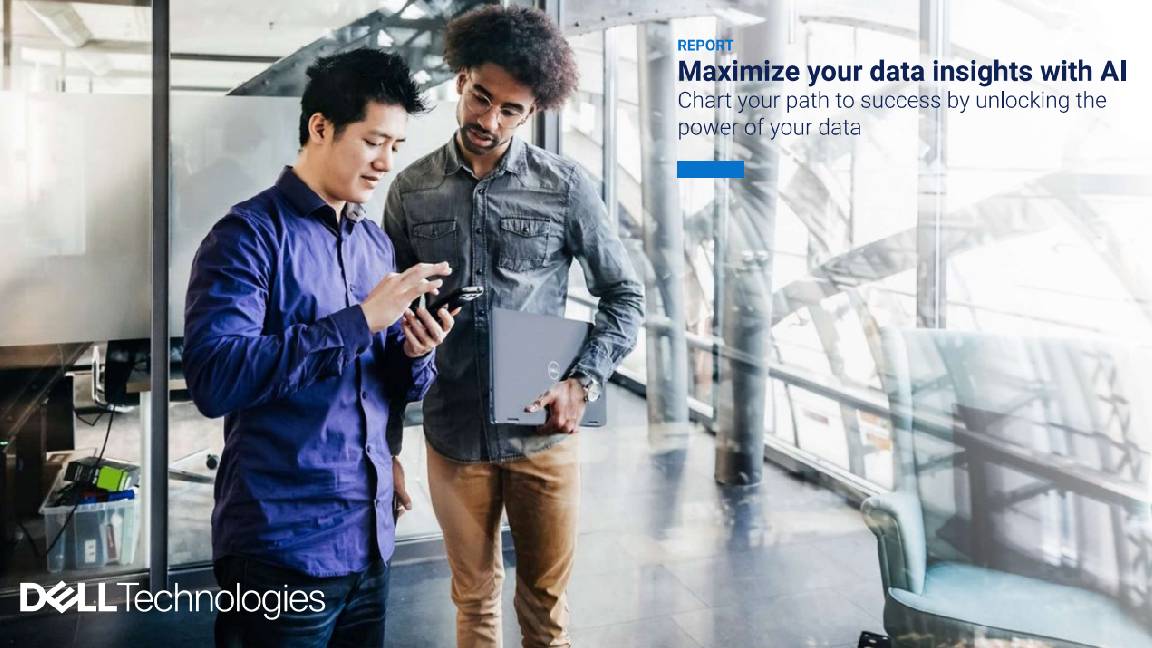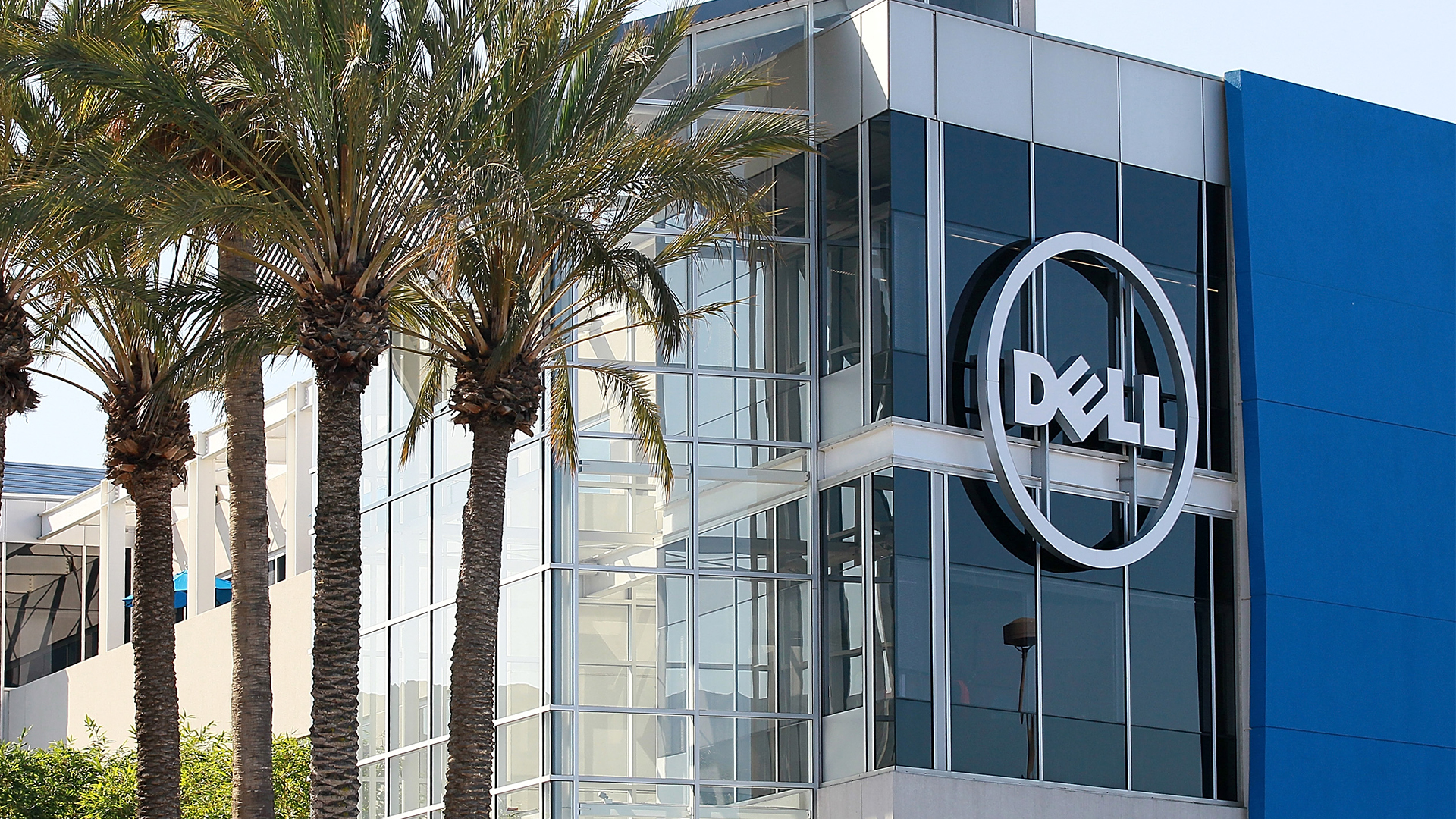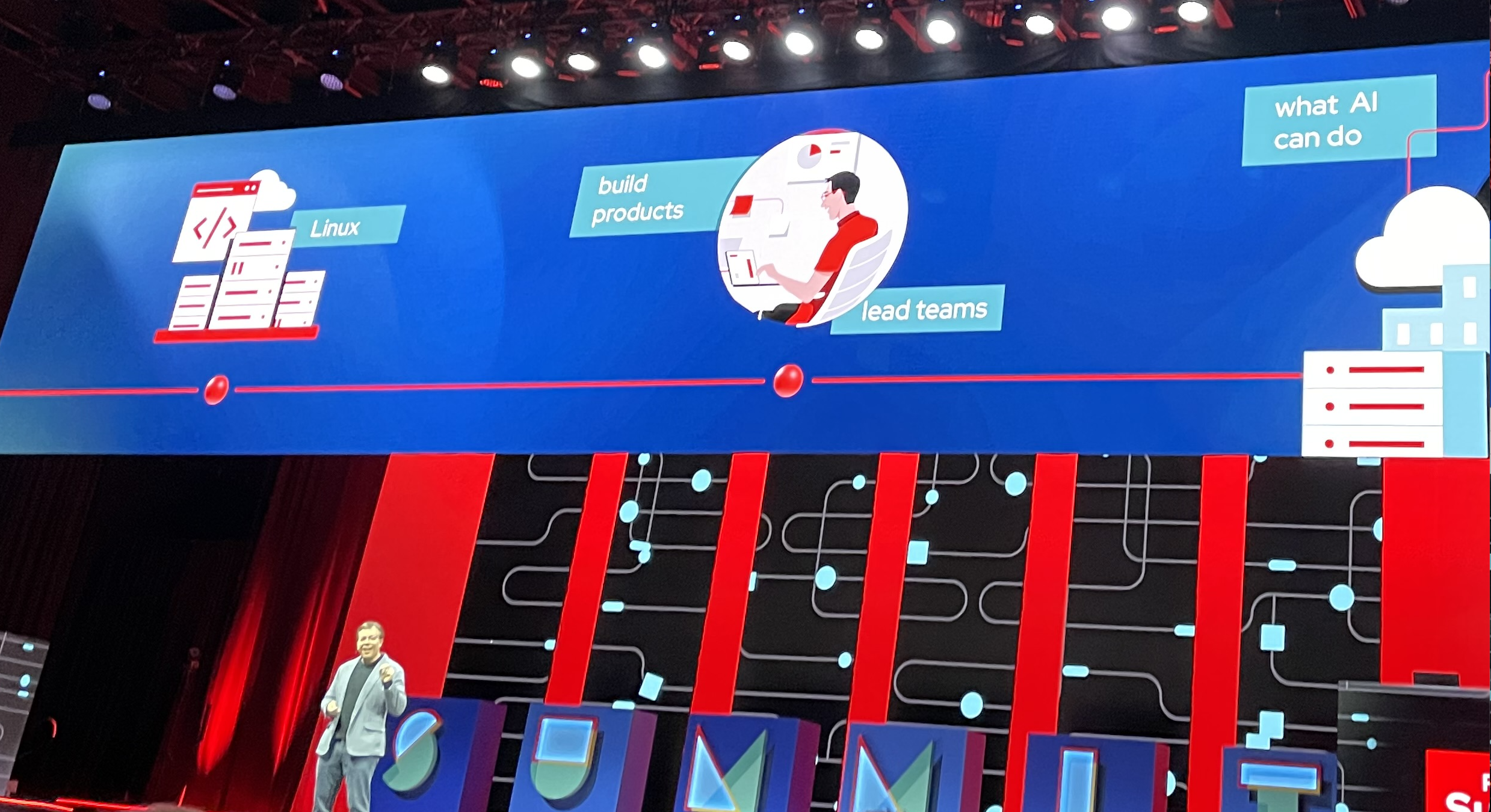The secret to Red Hat’s success: Trust, trust, and more trust
Red Hat turned 31 earlier this year, and while it has evolved, some core tenets – such as trust – remain to this day


The secret to success and longevity in this industry is trust, according to Hans Roth, Red Hat senior vice president and general manager of EMEA.
Depending on how you measure milestones, Red Hat turned 31 (based on when it was founded) in March, or will become 25 in August (based on when it went public).
Either way, by anyone’s standards 25-31 years is a long time in an industry as dynamic and fast-paced as tech.
So what is the secret, or even secrets, to this success? IT Pro sat down with Roth at last month’s Red Hat Summit to try and find out.
“The key thing for me is genuine trust. What we're building, it’s different. We are trying - and I mean every day - to basically run the whole company on a trust base, rather than on fear or pressure,” Roth told us.
Of course, there is still pressure to achieve certain goals as in any business, which Roth is honest about, but how the culture supports and facilitates achieving these goals (through trust) makes that more manageable.
“There are enough studies about how quickly you can destroy trust and how long it takes to build it up.”
Sign up today and you will receive a free copy of our Future Focus 2025 report - the leading guidance on AI, cybersecurity and other IT challenges as per 700+ senior executives
That culture of trust isn’t just an internal-facing thing, either – something Roth is keen to stress.
“We're working that way with partners and customers. We just had a Partner Advisory Council in London. It's amazing how open you are, you're sharing things with that group, even encouraging the partners who are almost competitors… to talk openly about topics,” he said.
“That openness, the trust level with customers and partners, even goes beyond Red Hat. It’s really good.”
Roth has previously talked about ‘the secret sauce’, or the three pillars he believes underpins Red Hat’s success: Culture, ecosystem, and innovation. Clearly, trust runs deep in all three areas.
“Our contribution to the communities makes such a big impact. We are putting everything back into open source,” Roth said before referencing last month’s Summit announcements as multiple cases in point. Red Hat Enterprise Linux (RHEL) and IBM Research’s Granite tie-up is but one example.
“We are contributing, too. We're not taking, we're also giving, I think that makes a big difference because other companies didn't crack the secret sauce on that, because they don't really know how to deal with that.”
Red Hat is working hard behind the scenes
IntrustLab was also a highlight of last month’s Summit announcements, with many wowed by the potential for it to really break down barriers. The initiative again showcases IBM and Red Hat working together on a project to enhance generative AI capabilities by ensuring anyone – including those with pretty much no machine learning experience – can bring their contributions to the table.
“Instruct Lab is a massive [deal]. There were a lot of people involved. A few months ago, Matt [our CEO] basically announced it internally and asked everyone in Red Hat – regardless of whether they were in engineering or in sales or an admin person or whatever - to participate in it,” Roth said.
“It's not about some data scientists or geeks working somewhere in a dark room. Everybody's involved in it. I even submitted something and I’ve never studied any line of code in my life, right? So everybody can contribute. For me, that was the biggest announcement [at Red Hat Summit 2024].”
When asked what he would like to be talking about come Red Hat Summit 2025, Roth said he would like to see more examples of how AI is being used for good, like in the Boston Children’s example shared on stage at this year’s event.
RELATED WHITEPAPER

The hospital is using Red Hat OpenShift for AI to pilot imaging analysis in its radiology department with the aim of making leaps forward when it comes to image quality and the accuracy and speed at which those images can be interpreted.
“There is nothing I don’t want to talk about,” Roth said. “Today is really the foundation. Next year, I want to be talking about how that model has changed the lives of many, many people. That’s just the way it should be. We’ve come back to our old theme of ‘open unlocks the world’s potential.”
Maggie has been a journalist since 1999, starting her career as an editorial assistant on then-weekly magazine Computing, before working her way up to senior reporter level. In 2006, just weeks before ITPro was launched, Maggie joined Dennis Publishing as a reporter. Having worked her way up to editor of ITPro, she was appointed group editor of CloudPro and ITPro in April 2012. She became the editorial director and took responsibility for ChannelPro, in 2016.
Her areas of particular interest, aside from cloud, include management and C-level issues, the business value of technology, green and environmental issues and careers to name but a few.
-
 Trump's AI executive order could leave US in a 'regulatory vacuum'
Trump's AI executive order could leave US in a 'regulatory vacuum'News Citing a "patchwork of 50 different regulatory regimes" and "ideological bias", President Trump wants rules to be set at a federal level
-
 TPUs: Google's home advantage
TPUs: Google's home advantageITPro Podcast How does TPU v7 stack up against Nvidia's latest chips – and can Google scale AI using only its own supply?
-
 Dell Technologies and Red Hat team up to bring generative AI to PowerEdge servers
Dell Technologies and Red Hat team up to bring generative AI to PowerEdge serversThe two companies say the collaboration will help customers ramp up deployment of generative AI models across hybrid cloud environments
-
 Red Hat: Open for business for the foreseeable
Red Hat: Open for business for the foreseeableOpinion Last month’s Red Hat Summit provided much food for thought for many audiences, not least this ITPro content director…
-
 Red Hat CEO: We’ll meet you at any stage of your AI journey
Red Hat CEO: We’ll meet you at any stage of your AI journeyNews Open source giant backs up AI vision with raft of announcements at its annual conference
-
 Red Hat partners with Lockheed Martin to bring AI to military platforms
Red Hat partners with Lockheed Martin to bring AI to military platformsNews The technology has already been deployed in an unmanned aerial system which helped Lockheed Martin to more accurately classify a military target
-
 Celonis, IBM and Red Hat team up to unlock business execution barriers
Celonis, IBM and Red Hat team up to unlock business execution barriersNews New partnership is also focused on making enterprise digital transformation more flexible
-
 Cloud fuels IBM’s first quarter of growth since 2018
Cloud fuels IBM’s first quarter of growth since 2018News Year-on-year revenue creeps up by 0.1% to $21.8 billion while Red Hat growth ballooned by 24%
